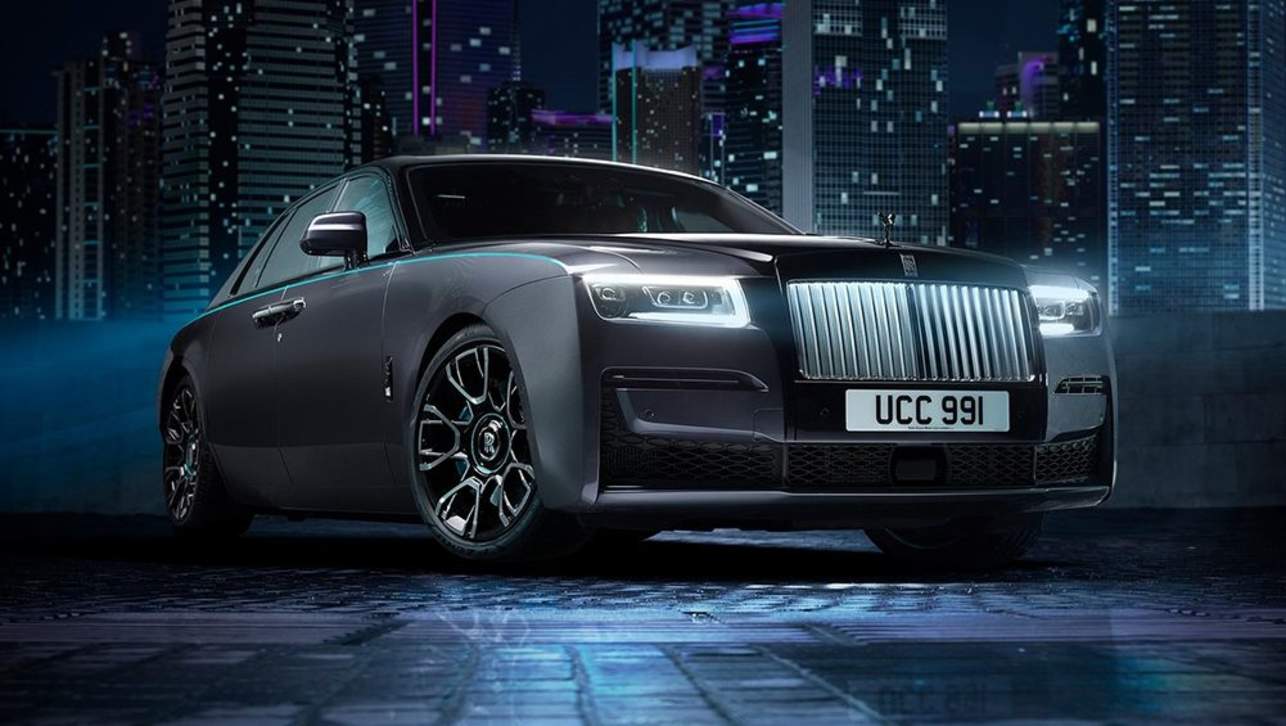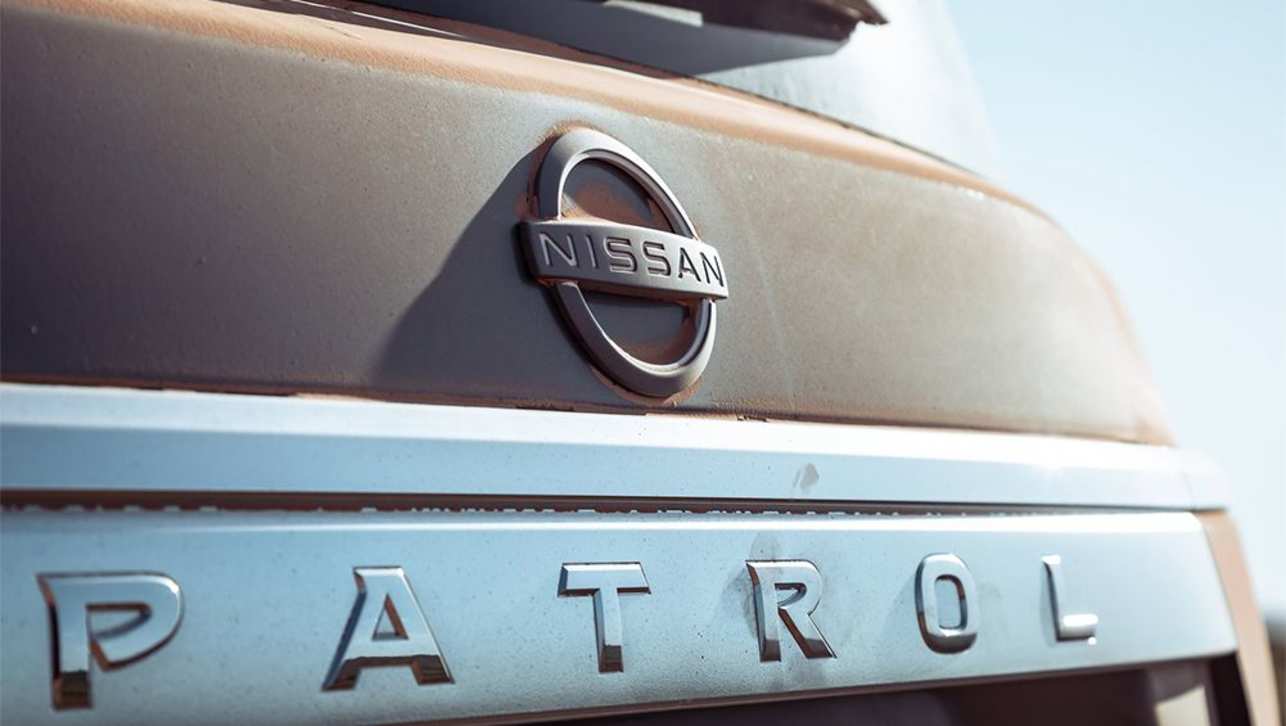It wasn’t the first Toyota LandCruiser aimed at families, but the 60 Series was a game changer in Australia.
The Toyota LandCruiser 4WD was a bit of a one-trick pony in its earliest days on the market. The 40 Series Cruisers were tough, reliable and gained a great reputation for off-road ability. But passenger vehicles they were not. Even the Troop Carrier, designed as it was to move bodies, seated those in the back on north-south side benches and had but a single door on each side. Family wheels? Not even close. Pre-SUV families instead relied on conventional, car-based station-wagons.
Things changed as Toyota broadened the LandCruiser’s brief, and split the range between the hard-working 40 Series and the new-for-1967 FJ55 station-wagon, which retained exceptional off-road abilities but added a degree of comfort and standard equipment. Not to mention four doors and seats for five or six in a conventional layout. A longer wheelbase was a large part of the secret to the vehicle’s practicality.
By 1980, the FJ55 was a fairly ancient old bus and was petrol-only (in Australia at least) at a time when fuel prices were on the up, rationing was a thing and diesel engines were starting to become noticed by private buyers. So, Toyota began filling showrooms with the 60 Series and things would never be the same.
Structurally, the new LandCruiser wagon retained the FJ55’s overall proportions and ladder-chassis construction with the body bolted on top. It was still a four-door wagon, and it still seated five, but it was a much more modern design than the quaint old FJ55 which had kept a foot in each styling camp with its separate front fenders and cross-eyed headlights. In contrast, the 60 was a bit more slab-sided, but the bluff front end was attractive and the overall proportions were spot on. It remains probably the best looking - let’s call it handsome - Cruiser wagon ever.
Underneath, it was all business, with more or less carry-over suspension including leaf springs front and rear, and live axles at both ends. You still got a conventional part-time four-wheel-drive system, too, with high and low ratios. That gave you options of 2WD, 4WD high-ratio (4H) and 4WD low-ratio (4L). And in the latter, the Toyota would go pretty much anywhere.
Again, sticking with LandCruiser tradition, the model designations were based on the engine fitted. So, for the 1980 launch, there was the FJ60 with a 4.2-litre petrol six-cylinder (the 96kW 2F engine, in Toyota-speak) and the HJ60 which got the four-litre 76kW 2H non-turbo diesel engine. A four-speed manual gearbox was the standard fitment, but that changed in post-1982 models which got a standard five-speed manual. Automatic? Nope.
A facelift for 1985 brought some really good changes including a new petrol engine (the allegedly 110kW 3H engine in a model called the FJ62) an optional four-speed automatic for the top-shelf model and a 100kW turbo-diesel engine dubbed the 12HT (HJ61) which still rates as one of Toyota’s best ever oil burners. Long-lived and torquey, the 12HT is a prized powerplant even today.
The model line-up started with the unimaginatively named Standard which got barn doors at the rear, vinyl seats and floors, old-fashioned split-rim wheels and an AM/FM radio to take your mind off all that plastic.
.jpg)
The Deluxe G was the next step up the ladder and brought with it a lift-up tailgate, chrome wheels, some chrome body mouldings, a tilt-adjustable steering column, cloth seats and carpeted floors, a cassette player and unimaginable luxuries such as intermittent wipers.
The Sahara (badged as the VX post-1987 - pictured at the top of this story) was the enchilada with the lot including a high-roof, eight seats and even a sunroof. Decal kits were popular and many a Sahara was fitted with the 12HT engine which also gave you the option of a factory-fitted PTO winch. That seems like an odd combo now given the VX’s role as the family-wheels version, but it just shows that four-wheel-drives were still being used as off-roaders back then. Can you imagine a Toyota Kluger with a factory winch option?
Designed as a stop-gap model towards the end of the 60’s run, the GLX was only available for 1989 and 1990, but was a taste of things to come with its black plastic wheel-arch flares, power mirrors and a rear limited-slip differential, all fitments that would feature on the volume selling 80 Series GXL that was waiting in the wings.
The 60’s driving experience was a lot more modern than the old FJ55’s, but would still frighten anybody more accustomed to today’s sophisticated SUVs. There’s plenty of body roll in corners, and the steering is decidedly vague, but both those attributes were compromises forced upon the design by the requirement for the vehicle to be a hard-core off-roader. And it is. The live axles at both ends ensure that wheel articulation is good and the vehicle can put its power to the ground.
But those same axles are heavy, so contribute to a lot of unsprung mass which makes the car feel a bit clunky and crude over bumps. The axles also tend to walk around each other a little, too, and that’s what creates the need for constant attention to the helm, especially if there’s any wear in the suspension bushes and linkages. The off-road tyres fitted to most remaining 60 Series examples these days can also add to the cumbersome, vague feel.
The other factor is the car’s actual kerb mass. The separate chassis construction meant more weight and, combined with the relatively feeble engines (particularly the non-turbo diesel) the end result was a vehicle that had to be coaxed up to highway speeds. And when you got there, they hazy steering got even worse, the suspension felt even cruder and, thanks to the dodgy aerodynamics, the thing would also start to guzzle fuel.
.jpg)
So, in nearly every way, the modern SUV is a better mousetrap. Apart from one area: Once the bitumen has turned to dirt and the dirt road becomes wheel tracks, a well-driven 60 Series LandCruiser will still hang with the best of them.
Most owners have found the 60 Series to be tough mechanically which is just as well, as a huge percentage of them are on their fifth or sixth (or more) time around the clock. Many are grandfather’s axes with replacement engines and suspension, but parts are easy to come by and every country town has a few old 60s mouldering in paddocks waiting to donate necessary items. The biggest killer of these things is rust and the 60 is the last of the family LandCruisers to have a reputation for tinworm. Rust around the roof gutters is a huge problem, but just about anywhere else can harbour rot in a 60.
In fact, good, rust-free examples are so rare now that the 60 Series is on the up price-wise. Which means that the vastly more rust-resistant, all-round improved, coil-sprung LandCruiser 80 Series is a better drive, just as good off-road, easier to live with and better value for money. But it will never be as handsome.


.jpg)

.jpg)
 copy.jpg)


.jpg)
.jpg)


.jpg)
.jpg)


.jpg)


.jpg)
.jpg)


.jpg)
.jpg)
.jpg)




Comments